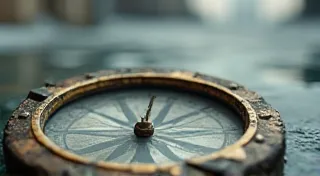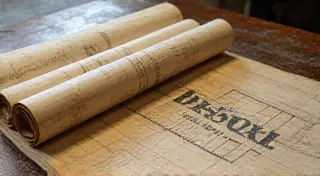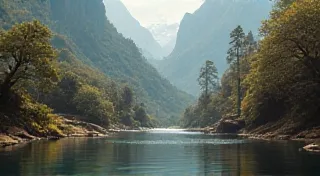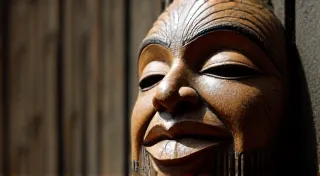Whispers of the Rail: Postcards and the Golden Age of Travel
There's a quiet magic held within a vintage postcard – a portal to a time gone by, a snapshot of a moment captured and sent across distances. While postcards depict all manner of scenes, those portraying the burgeoning railway era hold a particularly poignant resonance. They aren't just pictures; they are tangible echoes of a revolution that shrunk the world, connecting people and places in a way never before imagined. Collecting these "whispers of the rail" isn't just a hobby; it’s an act of historical preservation, a chance to feel the rumble of a bygone era.
The Iron Horse and the Dawn of Connectivity
The mid-to-late 19th century witnessed the incredible rise of railways. Prior to this, travel was laborious, often unpredictable, and restricted to a select few. The railway changed everything. Suddenly, journeys that once took days, even weeks, were compressed into hours. Families separated by vast distances could reunite more easily. Businesses could expand their reach. The world felt smaller, more accessible. This seismic shift in transportation fuelled an explosion of optimism and a romanticized view of progress – and the burgeoning postcard industry was perfectly positioned to capture it.
The early days of the postcard weren’t exactly what we recognize today. The first "postcards," technically postcards bearing a stamp and space for a message, emerged in Austria in 1865. But the true explosion in popularity didn't occur until the late 1890s, coinciding with the rise of railways. The 'divided back' postcard – the innovation of a pre-printed address area on the back – made sending greetings easier and more widespread, further fueling the craze. Imagine the excitement of receiving a postcard from a faraway place, a tangible reminder of someone's journey!
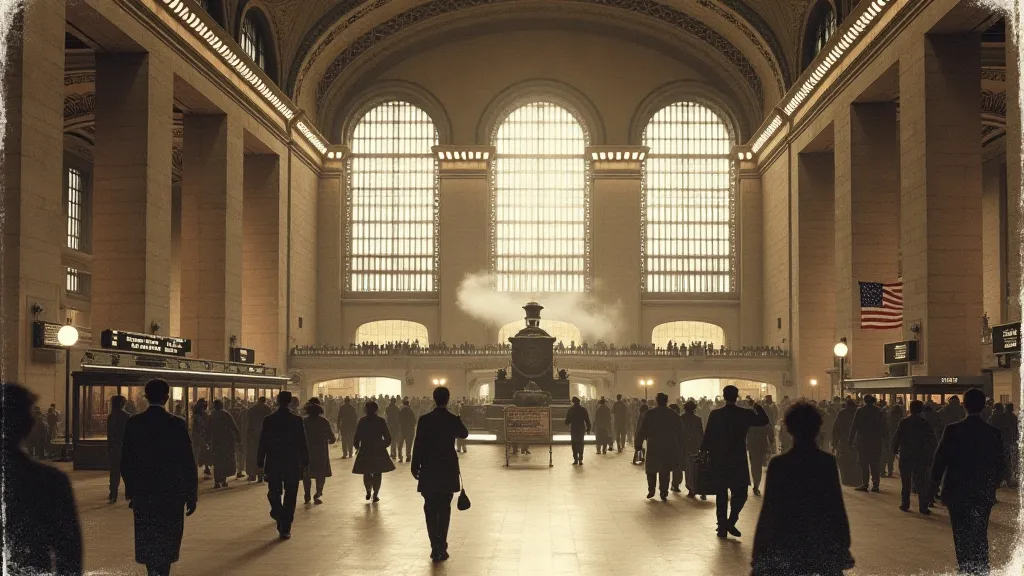
A Glimpse into a Bygone Era: More Than Just Transportation
Postcards depicting railway stations weren't simply about showcasing impressive architecture (though those grand stations were undeniably impressive). They represented connection, ambition, and the promise of adventure. Consider the sheer excitement of standing on a platform, waiting for a train that would carry you to an unknown destination. These postcards encapsulate that feeling, preserving a visual record of moments that would otherwise be lost to time. The enduring appeal of these small relics prompts many collectors to explore building a postcard collection with heart, focusing on emotional resonance over mere rarity.
The craftsmanship of these early postcards is remarkable. The lithography, often hand-colored, was a true art form. Notice the attention to detail – the subtle shading of the brickwork, the intricate patterns on the carriages, the expressions on the faces of the travelers. Each postcard is a testament to the skill and dedication of the artists who created them. They weren’t mass-produced in the way we’re accustomed to today; each one has a unique character, a subtle variation that speaks to its individual creation. The stories told through these postcards aren’t just about the railways themselves; they hint at a larger narrative of personal journeys and human connection, a notion echoed in the broader scope of chronicles in miniature: the postcard as a micro-history of everyday life.
My own grandfather, a railway clerk throughout his life, had a small collection of these cards. I remember poring over them with him as a child, listening to his stories of train schedules, signal boxes, and the colorful characters he encountered on the lines. One postcard, depicting a station in rural Pennsylvania, particularly fascinated me. It showed a small, wooden platform, seemingly unchanged by the passage of decades. He told me that his father, a trackman, had worked on that very line, maintaining the rails and ensuring the safe passage of the trains. Holding that postcard felt like holding a tangible link to my family's history, a whisper across generations. It’s fascinating to consider how these seemingly mundane images can be powerful triggers for memories and personal narratives, a theme that resonates strongly with those interested in understanding the echoes of absence: the unsent postcard - a chronicle of lost connections, and the stories left untold.
Collecting and Caring for Railway Postcards
For the serious collector, building a collection of railway postcards is a labor of love. Focus might include specific railway lines, particular types of stations (grand terminals vs. rural stops), or even photographic styles. The rarer the card, the more valuable it becomes – scarcity driving up the price, of course. Cards depicting less-known lines, or those with unique photographic perspectives, are particularly sought after. Identifying hallmarks of specific photographers or publishing houses can also add value. It’s a pursuit that demands patience and a keen eye, much like the individuals who documented the movement of people and ideas across continents – a pattern easily revealed when viewing postcards as a reflection of societal shifts.
Condition is paramount. Postcards are delicate artifacts, and the ravages of time can take their toll. Sun fading, creases, tears, and postal markings all detract from a card’s value. Careful storage is crucial. Acid-free sleeves and albums are essential for protecting your collection from further damage. Avoid direct sunlight and extreme temperatures. Handling cards with clean hands, or using cotton gloves, can also minimize the risk of damage. Understanding the historical context of the postcards themselves, the printing methods used, and even the postal routes they traveled can elevate the collecting experience. The patterns and routes these cards took often mirror larger trends in migration and travel, sometimes revealing unexpected connections.
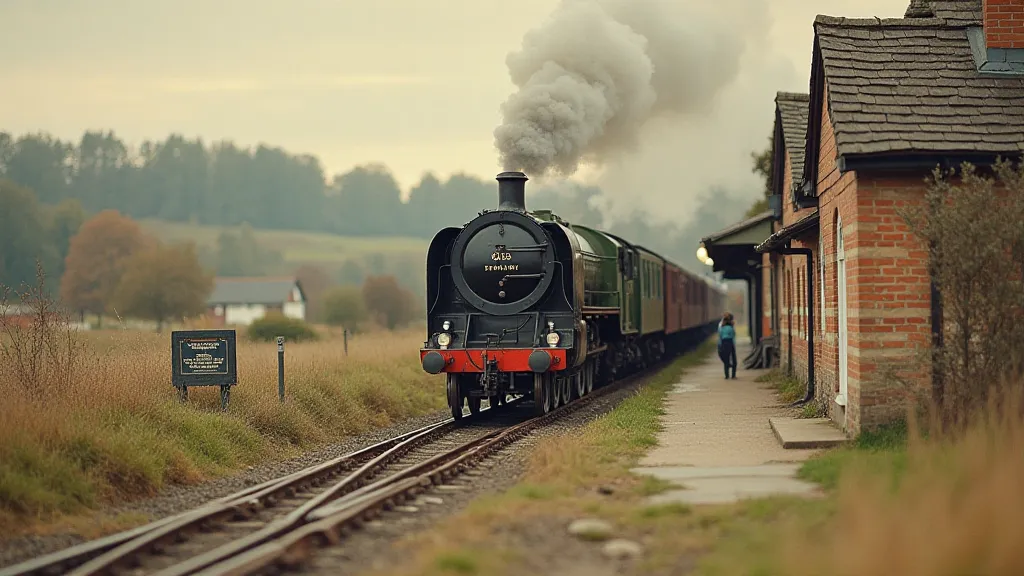
The Romance Endures
While the golden age of rail travel may be long gone, its legacy lives on in the tangible beauty and historical significance of these vintage postcards. They offer us a glimpse into a time of unparalleled optimism and innovation, a time when the world felt vast and full of promise. They are more than just images; they are echoes of a bygone era, whispers of the rail that continue to resonate across the years. The stories they tell are interwoven with larger narratives of societal change, technological advancement, and the human desire to explore and connect.
The rise of automobiles and aviation eventually overshadowed the dominance of the railways, but the romance persists. The images captured on these early postcards remind us of a simpler time, a time when travel was an event, not just a means to an end. They allow us to appreciate the ingenuity and artistry of a bygone era and to connect with the stories of those who came before us. The thrill of the chase, the joy of discovery - it all contributes to the unique satisfaction derived from collecting these tangible fragments of history. These small pieces of paper often provide glimpses into the lives of ordinary people, revealing patterns of movement and connection that spanned continents. The impact of these advancements can be appreciated when examining the larger picture of travel and communication throughout history. Indeed, many find a deep satisfaction in piecing together these personal narratives, uncovering the forgotten stories of those who shaped our world.
And, perhaps most importantly, they serve as a powerful reminder of the enduring human desire to connect, to explore, and to share our experiences with others – a sentiment that transcends time and continues to bind us together. The visual record preserved on these postcards is a testament to that desire, a tangible representation of our shared human story. Consider the fascinating journey of each postcard, traveling through time and space, connecting people and places in ways that were unimaginable before the age of railways.
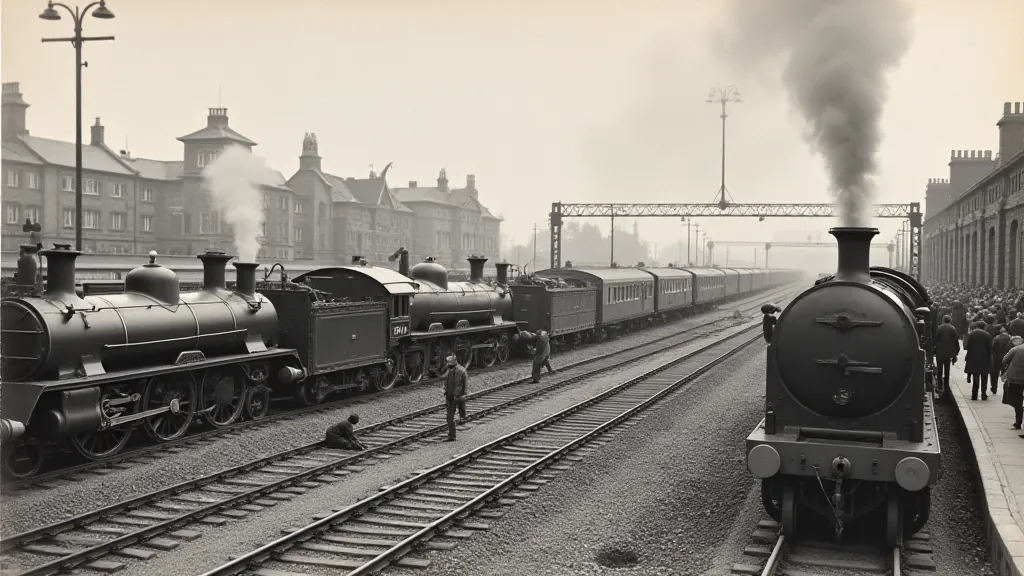
These collections often reveal not only the evolution of transportation but also the shifts in cultural values and the changing landscapes of our world. It is a journey through time, captured in miniature, offering a unique perspective on the human experience and the power of connection.
